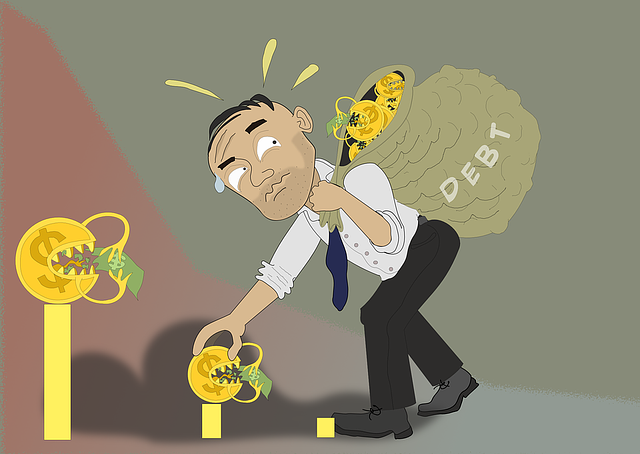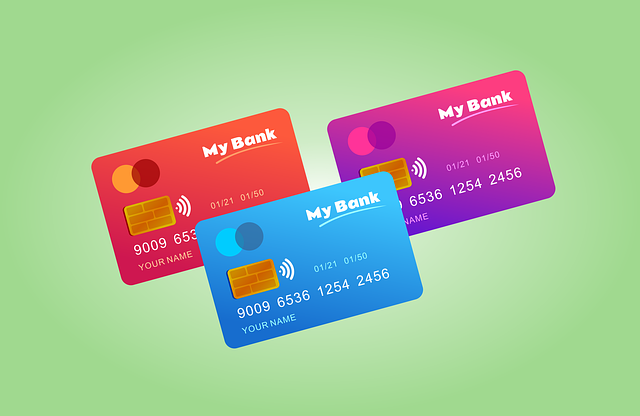Debt consolidation with poor credit offers individuals a structured approach to managing multiple debts with high interest rates. Specialized programs combine debts into a single loan, potentially lowering interest and simplifying repayment. Key choices between consolidation and settlement depend on financial goals. Government-assisted programs provide relief but have strict eligibility criteria; private loans may offer more flexibility. Researching reputable agencies and understanding tailored services is crucial for making informed decisions about debt consolidation with poor credit.
“Struggling with high-interest debt? Discover how government-assisted debt consolidation programs can offer a lifeline for individuals with poor credit. This comprehensive guide breaks down the process, from understanding your options to applying for assistance. We explore eligibility criteria, various loan types, and the unique benefits and drawbacks of these programs. By the end, you’ll be equipped to make an informed decision about consolidating your debt and taking control of your financial future.”
- Understanding Debt Consolidation for Poor Credit
- Eligibility Criteria for Government Assistance
- Types of Loans Offered in Debt Consolidation Programs
- Benefits and Drawbacks of Government-Assisted Debt Consolidation
- Applying for Debt Consolidation: Step-by-Step Guide
Understanding Debt Consolidation for Poor Credit

Debt consolidation with poor credit is a viable option for individuals looking to manage their finances better. Despite the challenges posed by low credit scores, many people can still access debt relief through specialized programs designed to cater to those with subpar credit histories. These initiatives aim to simplify repayment by combining multiple debts into a single loan with potentially lower interest rates, making it easier to stick to a payment plan.
When exploring debt consolidation for poor credit, understanding the differences between consolidation and settlement is crucial. While consolidation agencies that accept bad credit offer a more structured approach, settling debts involves negotiations with creditors to reduce the overall amount owed. The choice between these two options depends on individual financial goals and circumstances, with each having its own set of benefits and drawbacks. Choosing the right path can lead to improved credit scores over time, providing a fix for poor credit debt consolidation options.
Eligibility Criteria for Government Assistance

Many government-assisted debt consolidation programs are designed to help individuals with poor credit or a low credit score. These programs understand that having a bad credit history can make it challenging for people to access traditional loan options, so they offer tailored solutions. The eligibility criteria typically include a few key factors. Firstly, applicants must owe a significant amount of debt, often totaling at least $10,000 or more across multiple creditors. This ensures the program’s effectiveness in managing substantial debt loads. Secondly, individuals should have regular income sources, allowing them to make consistent repayment payments over an extended period.
When considering when to consolidate your debt with poor credit, it’s important to assess if you’ve explored other options. Instant approval debt consolidation loans for poor credit might seem appealing, but they often come with higher-than-average interest rates and less flexible terms. Consolidating medical debt with a bad credit score through government programs could provide better long-term financial stability, despite the initial eligibility requirements.
Types of Loans Offered in Debt Consolidation Programs

Debt consolidation programs typically offer a range of loan options tailored to different financial situations and credit profiles. For individuals with poor credit, these programs often include specialized loans designed to provide much-needed relief. One common type is the fixed-rate debt consolidation loan, which offers a straightforward repayment plan with a consistent interest rate throughout the term. This can be particularly beneficial for those struggling with high-interest credit card debt, as it allows them to simplify their payments and potentially save on overall interest charges.
Additionally, government-backed loans are available for eligible borrowers, including seniors and young adults with poor credit. These loans, such as those under the Federal Direct Consolidation Program, often have lower interest rates and more flexible terms compared to traditional private loans. Debt consolidation grants for seniors with poor credit or debt consolidation help for young adults with low credit scores can be accessed through specific government initiatives aimed at supporting financial stability across different age groups. When exploring these options, borrowers should carefully consider their unique circumstances and choose the best method to consolidate their debts effectively.
Benefits and Drawbacks of Government-Assisted Debt Consolidation

Government-assisted debt consolidation programs offer a range of benefits for individuals struggling with high-interest debts, especially those with poor credit. One of the key advantages is access to lower interest rates, which can significantly reduce monthly payments and save borrowers money in the long run. These programs often provide a structured repayment plan tailored to each borrower’s financial situation, making it easier to manage debt without the pressure of multiple lenders. Additionally, some government initiatives include consumer credit counseling services, offering guidance on budgeting and financial planning to help individuals regain control over their finances.
However, there are also drawbacks to consider. The application process can be lengthy and stringent, requiring thorough financial disclosures and strict eligibility criteria. Borrowers with very low credit scores or a history of missed payments might find it challenging to qualify. Furthermore, while these programs aim to assist, they may not be suitable for everyone, particularly those with complex debt structures or unique financial circumstances. As such, understanding the specifics of each government initiative and comparing them to alternative solutions like personal loans or bankruptcy is essential before making a decision regarding debt consolidation with poor credit.
Applying for Debt Consolidation: Step-by-Step Guide

Applying for Debt Consolidation: A Step-by-Step Guide
1. Assess Your Financial Situation: Begin by evaluating your current financial obligations, including all debts and their corresponding interest rates. Understand the total amount you owe and the minimum payments required for each debt. This step is crucial when considering debt consolidation with poor credit, as it helps determine your eligibility and potential savings.
2. Research Debt Consolidation Agencies: Explore reputable debt consolidation agencies that cater to individuals with bad credit. Look for agencies offering flexible terms, competitive interest rates, and services tailored for low-income earners. Some agencies provide instant approval debt consolidation loans for poor credit, ensuring a quicker financial rescue. Always check reviews and compare different safe debt consolidation services to make an informed decision. This process ensures you find the right fit, potentially saving you money and offering a more manageable repayment plan.
Government-assisted debt consolidation programs offer a viable solution for individuals struggling with debt, especially those with poor credit. By understanding the eligibility criteria and exploring the various loan types available, you can take advantage of these programs’ benefits, such as lower interest rates and consolidated payments. However, it’s essential to weigh the drawbacks, like potential fees and limited options, before applying. Following a step-by-step guide ensures a smooth process, helping you gain control over your finances and navigate debt consolidation successfully.
